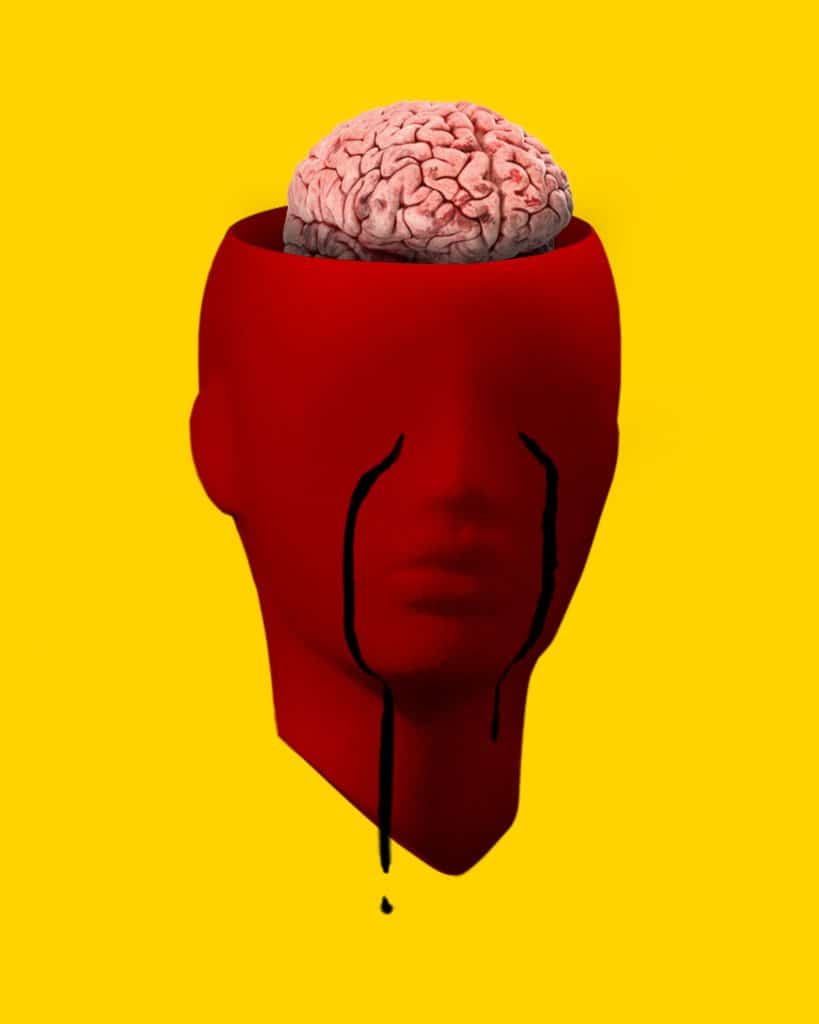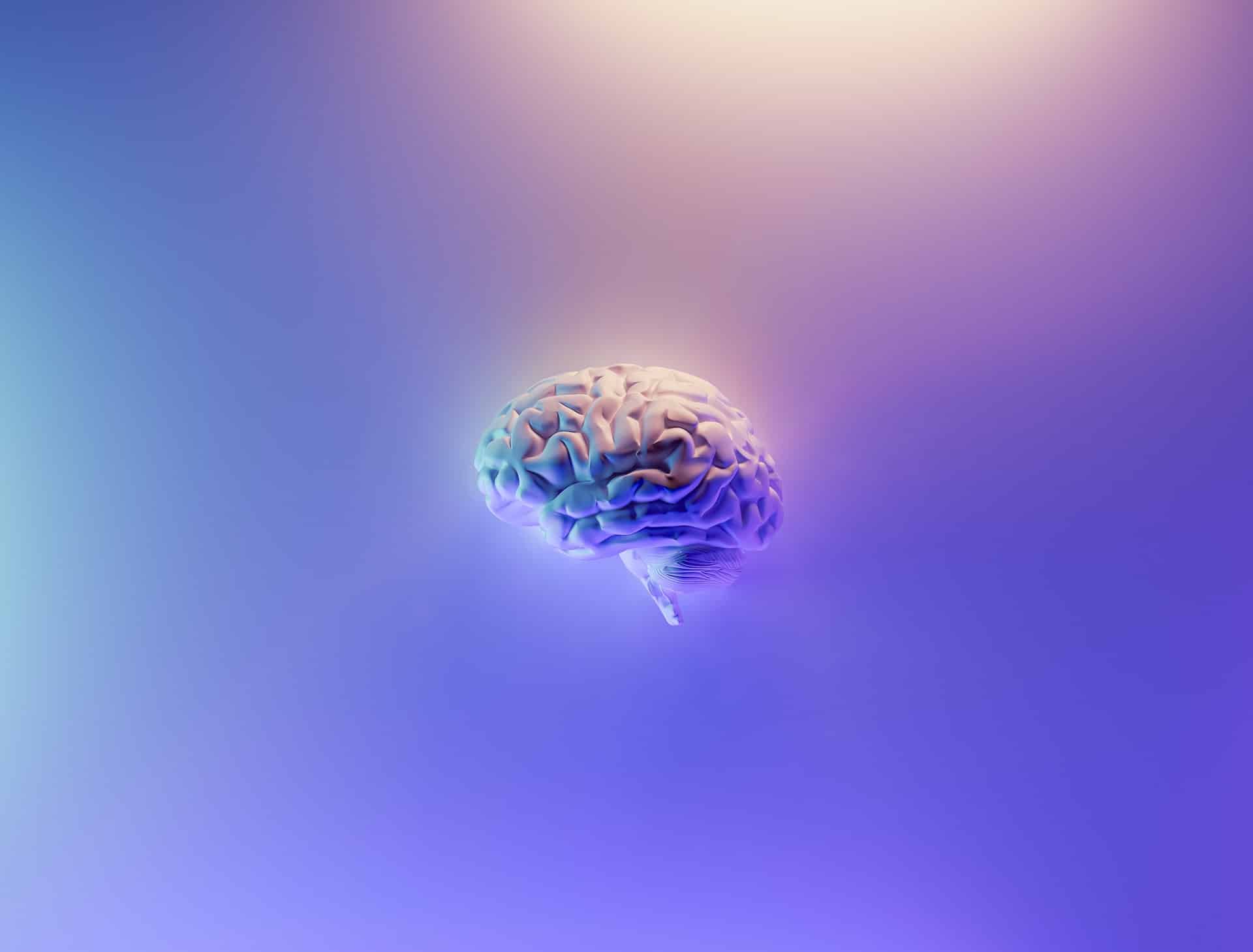Brainspotting therapy is a relatively new form of therapy that is gaining popularity among mental health professionals and patients alike. This innovative therapy is based on the idea that certain points in the body, called brainspots, are directly connected to specific memories and emotions. By accessing and processing these memories and emotions, brainspotting therapy can help individuals overcome a wide range of emotional and psychological issues.
One of the key benefits of brainspotting therapy is that it can help individuals quickly and effectively process traumatic memories. Trauma can be debilitating, leading to feelings of fear, anxiety, and depression. According to a study published in the Journal of Trauma & Dissociation, brainspotting therapy has been shown to be effective in reducing symptoms of PTSD in veterans (Knipe, 2018). Brainspotting therapy can help individuals access and process traumatic memories in a safe and controlled environment, allowing them to release pent-up emotions and move on from the trauma.

Another benefit of brainspotting therapy is that it can help individuals who have difficulty expressing their emotions. Many people struggle to put their feelings into words, which can make it difficult for them to communicate effectively with others and to fully process their emotions. A study published in the Journal of Efficacy and Safety of Brainspotting found that brainspotting therapy can lead to an increase in emotional regulation and self-awareness (Kalinowski, 2019). This revolutionary therapy allows individuals to access and process their emotions at a deeper level, making it easier for them to express themselves and communicate effectively with others.
Brainspotting therapy can also be beneficial for those struggling with chronic pain and physical symptoms. Many chronic pain conditions are linked to unresolved emotional issues, and brainspotting therapy can help individuals access and process these underlying emotional issues, resulting in a reduction in physical symptoms. A study published in the Journal of Body, Movement and Dance in Psychotherapy found that brainspotting therapy can lead to a reduction in chronic pain symptoms (Bragdon, 2019).
In addition, brainspotting therapy can help individuals with a variety of mental health conditions, including anxiety, depression, PTSD, and addiction. A study published in the Journal of Substance Abuse Treatment found that this type of therapy can be effective in treating addiction (Larsen, 2019). By accessing and processing underlying emotional issues, brainspotting therapy can help individuals gain a deeper understanding of their condition and develop new coping strategies to manage their symptoms.
Brainspotting therapy is also a non-invasive, non-medication based treatment that is well tolerated by most individuals, that can be a great alternative or complement to other forms of therapy or medication.

One of the unique aspects of this modality of therapy is that it is a client-led process. The therapist guides the individual to identify brainspots and process emotions, but the individual is in control of the pace and depth of the therapy. This allows individuals to feel more empowered and in control of their healing process.
Finally, brainspotting therapy is a relatively short-term therapy, with many individuals experiencing significant improvements after just a few sessions. This makes it a cost-effective and efficient form of therapy that can help individuals achieve lasting changes in a relatively short period of time.
In conclusion, brainspotting therapy is a powerful form of therapy that can help individuals overcome a wide range of emotional and psychological issues. It can help individuals process traumatic memories, express their emotions more effectively, reduce chronic pain, and improve their mental health. Brainspotting therapy is non-invasive, client-led, and relatively short-term, making it a cost-effective and efficient form of therapy.




